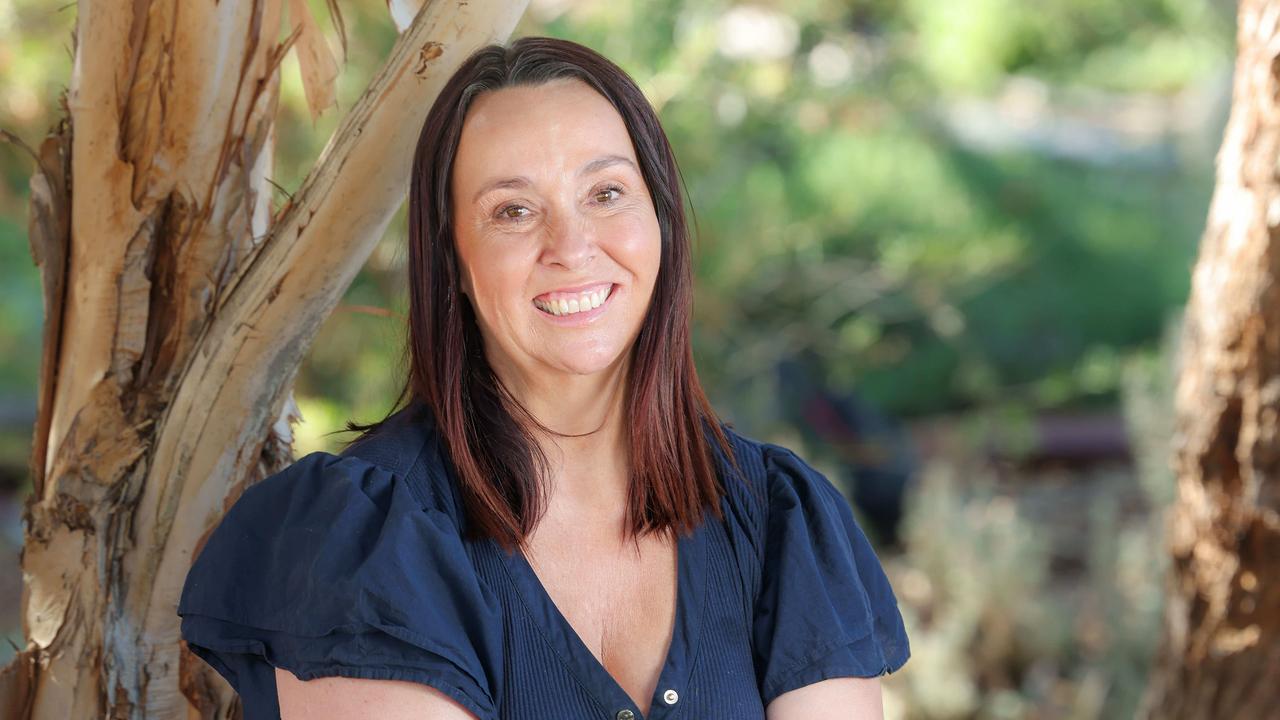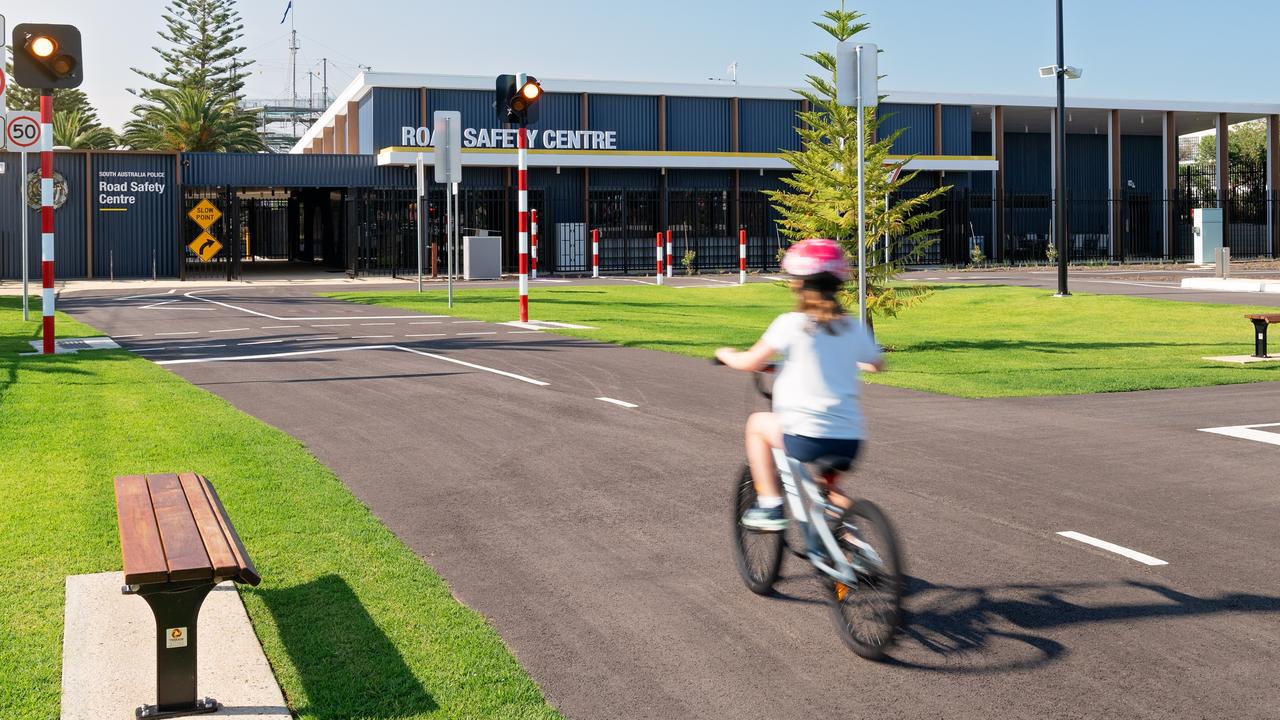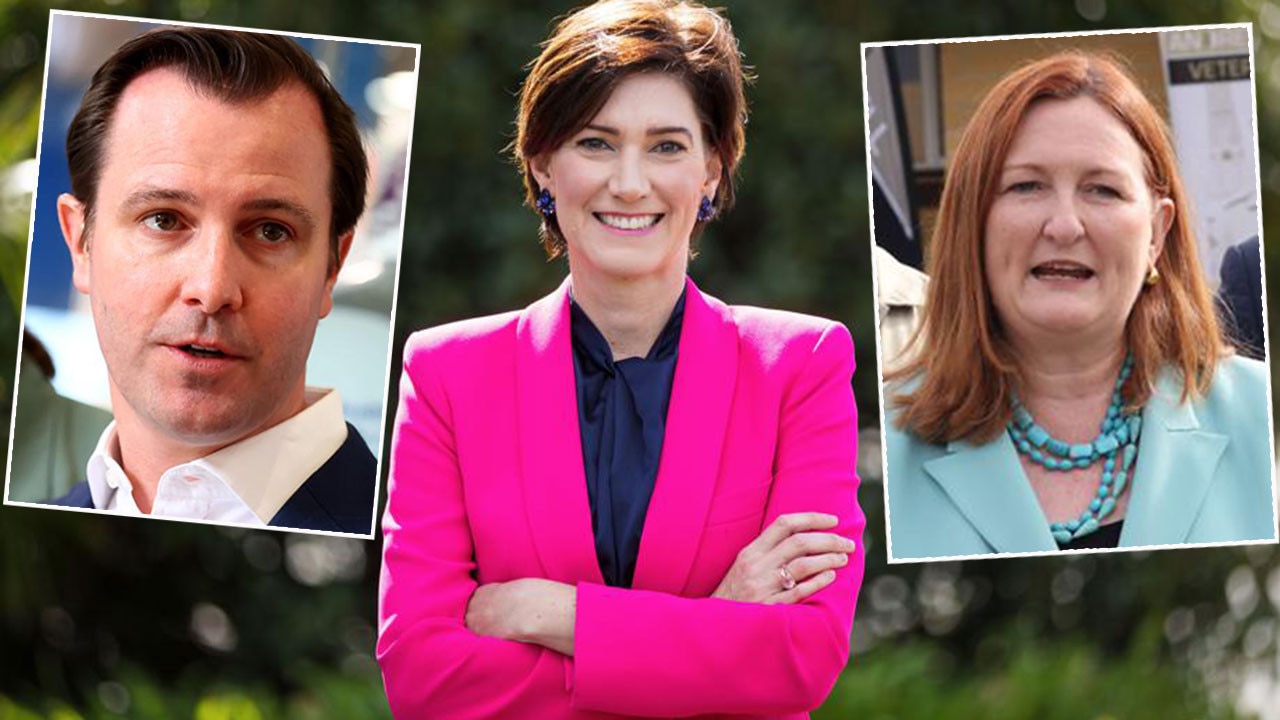Life changes in an instant: The eternal devastation faced by those left behind after road crashes
As the number of road fatalities across the state continues to grow, South Australians are being urged to stay safe behind the wheel.

It only takes a second to change a life. One split second can turn a world upside down, leaving families devastated and living with unrelenting grief for the rest of their lives.
Vanessa Mortimer can attest to this. On New Year’s Day 2006, Vanessa and her family – husband David, 40, and daughters Ebony, 8, and Olivia, 7 – were involved in a head-on collision about 6km south of Maitland. David and Ebony were killed on impact, along with the driver and a passenger in the other vehicle.
“We’d gone through Maitland and there was a car veering on the wrong side of the road,” Vanessa recalls.
“I guess it was one of those moments where you were waiting for it to correct but it didn’t and it hit us head on.
“I woke up to the realisation that my husband had died and the only voice in the back seat was Olivia’s. I have a strong recollection of her saying, ‘I’m here, Mummy’.”
Vanessa and Olivia were trapped in the wreckage for more than three hours.
Olivia sustained a broken back and was transported initially to Maitland Hospital and then to the Women’s and Children’s. Vanessa, with multiple injuries, was taken to the Royal Adelaide.
“It was traumatic to be separated,” Vanessa says. “The first day we saw each other again was David and Ebony’s funeral. We had the hospital chapel and they put Olivia in a wheelchair and brought her over a couple of hours earlier for me to talk with her. How do you prepare a seven-year-old for the funeral of her father and sister?”
The mother and daughter were supported throughout the traumatic period by SAPOL Major Crash and the Road Trauma Support Team.
“I started to go to the Road Trauma Support Groups with support officer Di, which afforded me the opportunity to talk to other people who had survived road trauma,” Vanessa says.
“The group was good for me, just to have someone to navigate what it all meant, and Di is still a really good friend.
“I also had a lot of support from the Major Crash team. They kept in touch and supported me with information. My sense was to find out why and what had happened and the Major Crash finding was that the other driver had fallen asleep as there was no effort to brake.”
The fallout from the crash continues to impact Vanessa’s health, both physically and mentally. “I’ve had about 16 surgeries and will need more over time,” she says. “Some of those bigger surgeries took a lot out of me. But it’s more the daily fatigue and things not working how they should.
“More than anything for us it’s been about wellbeing and mental health – post-traumatic stress is a real thing. There’s lots of triggers that you know are coming in terms of dates – birthdays, Christmas and so on.
“But there’s a lot of things that happen unexpectedly. We both react to broken glass. Our relationship is not a standard mother and daughter relationship because we’re quite close but we’re both each other’s punching bag at times, because who else is there who understands?
“One minute we were driving along doing a New Year’s Day puzzle and the next there was just nothing. There’s times I’ve felt quite envious of David that he wasn’t left to focus on the loss, the pain and the grief, and bringing up a child alone.”
VICTIM SUPPORT

Major Crash investigator Brevet Sergeant Kat Khor says supporting those left behind is an important part of her role.
“Often the media reports the crash and there’s a lot of interest – but, when that dies down, it can be quite a lonely and confronting time for the families,” she says. “It’s really tricky for them, wondering where they go from here.
“As part of our role, we walk them through where they go from there but also answer the questions that might come up – what’s happened in the crash, how do I organise a funeral, what do I do with bank accounts?”
It’s the suddenness of the crash and the loss of loved ones that takes people by surprise. “Nobody really can prepare for it and they don’t know who to go to,” Brevet Sergeant Khor, left, says.
Having worked in Major Crash for five years, Brevet Sergeant Khor shares the frustration of SAPOL and the state at the rising numbers of road fatalities. “It’s time and time again that we see these fatal or bad crashes, and think, ‘How many more times and how many different ways can you say, ‘Just do the right thing’?
“The crashes happen way too often and have such devastating effects on so many people. It’s not just the people involved – it’s us, the other emergency services, other road users, bystanders and witnesses, friends and families.”
Brevet Sergeant Khor is urging road users to take extra care over Easter, when the roads are typically busier than usual. “Stay safe, think of your families and obey the road rules,” she says. “It’s not hard to do these things and there is so much devastation created by crashes that can be so easily avoided.”
New base to put safety skills into practice

It might be in a new location, but the South Australia Police Road Safety Centre remains the go-to destination for all road users to enhance their awareness, knowledge and skills.
Officially opened at the West Beach Parks precinct – on Military Rd – in October last year, the complex replaces the former centre at the Thebarton Police Barracks, which is now being used as the site for the new Women’s and Children’s Hospital.
Senior Sergeant Sue O’Connor, of SAPOL’s Traffic Services Branch, says the centre is a fantastic educational tool for road users of all ages, with free road safety programs held either on-site on the centre’s purpose-built mock roadway or at other locations across South Australia.
“There are sessions for all types of road users, ranging from pre, primary and secondary school-aged children to new drivers, their parents, motorcyclists, international drivers, business and community groups to older drivers,” Senior Sergeant O’Connor says.
It is particularly important for younger road users to learn about road safety in a “safe and fun” environment.
“Having children learn road safety skills in a combined classroom and practical experiential learning environment is key,” she says. “We find children really enjoy and learn experientially with the unique safe learning environment the centre’s mock roadway provides.”
The mock roadway includes intersections with traffic lights, pedestrian crossings, a roundabout, train crossing and traffic signs. All intersections are fitted with tactile ground surface indicators and pedestrian crossings are fitted with audio-tactile facilities to cater for persons living with disability.
“The use of the mock roadway enables them to put into practice the skills they have learnt in the classroom setting both as a pedestrian and cyclist,” Senior Sergeant O’Connor says. “Those attending the centre also have the ability to use the interactive zone which features driving simulators including a motorcycle simulator, the Fatal Five virtual reality experience and the reaction wall.”
The centre’s road safety educators are police officers who bring a unique range of expertise and lived experiences to each session and road safety events.
All Road Safety Centre programs are free. People can register for public sessions via the Centre’s Eventbrite page, while the mock roadway is free of charge and available for community use on weekends and between 8am and 10am and after 3pm on weekdays, unless otherwise advised.
For more information or to organise a road safety session for your school, business or community group, visit police.sa.gov.au/your-safety/road-safety/road-safety-centre
Distractions put drivers on the road to disaster

Mobile phone detection cameras are having a positive impact on driver behaviour in South Australia.
A key part of the State Government’s $15.9m investment to reduce road trauma caused by driver distraction, the cameras – set up at five “high-risk locations” around Adelaide – have recorded a declining number of mobile phone-related offences in recent months.
A three-month grace period – which started in July last year – resulted in 68,252 warning notices being sent to offending drivers. The following six months saw more than 27 million vehicles screened at the five sites, with 46,476 expiations issued as a result.
SA Police Traffic Services Branch Officer in Charge Superintendent Shane Johnson says while the drop in offences is pleasing, there are still concerns. “The data indicates that while most drivers do the right thing, we still have too many willing to take a risk by being distracted by their phone – they need to wake up to the consequences,” he says.
“While expiation penalties are a significant deterrent, driving distracted also poses a much more serious consequence – the risk to your and others’ safety.”
Supt Johnson says distracted drivers were an “overrepresented factor” in traffic accidents throughout the state in 2024. On average, driver inattention has been identified as being a contributing factor in almost half of all lives lost and more than a third of all serious injuries on SA roads.
The cameras – which are also in use in NSW, the ACT, Victoria and Queensland – use video and still images to monitor vehicles travelling on the road beneath the camera and capture images through the vehicle windscreen. Offending drivers face an expiation fee of $556 plus a $102 Victims of Crime levy and the loss of three demerit points.
“We are hoping the message is clear now,” Supt Johnson says. “Illegal mobile phone use – like handling a mobile phone that is not in a dock – whether that be having your phone resting on your leg, arm or driver seat, will result in serious penalties.”
He says all motorists need to remain mindful that distraction can cause devastating consequences. “Leave your phone alone while driving,” Supt Johnson says.
“Taking your eyes off the road, even for a split second, to read or respond to a message, slows down your reaction time and increases the chances of having a crash.
“Vulnerable road users like pedestrians, cyclists or motorcycle riders are placed at greater risk of serious injury and death with drivers not focusing on driving.
“To drivers using South Australian roads, be safe – take care of yourself and others.”
Originally published as Life changes in an instant: The eternal devastation faced by those left behind after road crashes



